Sourav Pan
Transcript
Glycolysis is the universal pathway that breaks down glucose into pyruvate molecules.
This process occurs in the cytoplasm of all cells and consists of ten enzymatic reactions. Glycolysis is an ancient metabolic pathway that functions without requiring oxygen.
During glycolysis, one glucose molecule containing six carbons is converted into two pyruvate molecules with three carbons each. The pathway can be divided into a preparatory phase and a pay-off phase.
Glycolysis generates energy in the form of ATP and NADH. For each glucose molecule, the process results in a net gain of two ATP molecules and two NADH molecules. While four ATP are produced in total, two ATP are consumed in the early steps, giving a net gain of two ATP.
Glycolysis is one of the most ancient metabolic pathways, dating back approximately three-point-five billion years. It functions with or without oxygen, serves as a gateway to multiple metabolic pathways, and is critical for energy production in all living cells.
Pyruvate stands at a critical metabolic crossroads in the cell.
Its fate depends primarily on oxygen availability, but also on the cell’s energy needs and metabolic state.
Under aerobic conditions, pyruvate is converted to acetyl-CoA, which enters the citric acid cycle.
In low-oxygen environments, animal cells convert pyruvate to lactate through anaerobic glycolysis.
Yeast and certain microorganisms transform pyruvate into ethanol through fermentation.
Pyruvate can also enter various biosynthetic pathways, serving as a precursor for amino acids, lipids, and other essential molecules.
This versatility makes pyruvate a central intermediate in cellular metabolism, capable of adapting to different cellular conditions and requirements.
The balance of these metabolic pathways is tightly regulated to meet the cell’s current needs, highlighting pyruvate’s crucial role at this metabolic junction.
In aerobic conditions, pyruvate follows a specific metabolic pathway.
After glycolysis occurs in the cytoplasm, pyruvate must enter the mitochondria for further processing.
Pyruvate molecules, produced from glycolysis in the cytoplasm, are transported across the mitochondrial membrane.
Inside the mitochondria, pyruvate undergoes a complex transformation catalyzed by the pyruvate dehydrogenase complex.
This enzyme complex requires NAD+ as a cofactor to accept electrons.
The pyruvate molecule is decarboxylated, meaning a carbon dioxide molecule is removed.
The remaining acetyl group is attached to Coenzyme A, forming acetyl-CoA.
During this process, NAD+ is reduced to NADH, capturing the electrons released from pyruvate.
The overall reaction can be summarized as pyruvate plus Coenzyme A plus NAD+ yielding acetyl-CoA, carbon dioxide, NADH, and a proton.
The acetyl-CoA produced in this reaction enters the citric acid cycle, linking glycolysis to the next stage of aerobic respiration.
This aerobic conversion of pyruvate to acetyl-CoA is crucial for efficient energy production. It requires oxygen, occurs in mitochondria, links glycolysis to the citric acid cycle, and produces one NADH molecule per pyruvate.
The Pyruvate Dehydrogenase Complex, often abbreviated as PDC, is a crucial multi-enzyme system in metabolism.
This complex catalyzes the conversion of pyruvate, the end product of glycolysis, to acetyl-CoA.
The PDC is located in the mitochondrial matrix in eukaryotic cells, at the interface between glycolysis and the citric acid cycle.
The complex consists of three primary enzymes working together.
The complex also requires five essential coenzymes to function properly.
The PDC catalyzes a complex, multi-step reaction process.
The reaction catalyzed by the PDC is irreversible and represents a committed step toward the complete oxidation of glucose carbon atoms in the citric acid cycle.
During this process, pyruvate is converted to acetyl-CoA, releasing carbon dioxide and generating NADH for the electron transport chain.
This crucial conversion provides the link between glycolysis and the citric acid cycle, enabling the complete oxidation of glucose.
The citric acid cycle is a central metabolic pathway where acetyl-CoA is completely oxidized.
After pyruvate is converted to acetyl-CoA by the pyruvate dehydrogenase complex, it enters this important aerobic pathway.
The cycle begins when acetyl-CoA combines with oxaloacetate to form citrate, a six-carbon molecule.
This initiates a series of enzymatic reactions that progress around the cycle, generating important products.
Throughout the cycle, several key products are generated, which drive energy production in the cell.
The cycle produces three NADH and one FADH₂ molecules, which carry electrons to the electron transport chain.
It also generates one GTP or ATP molecule directly through substrate-level phosphorylation.
Most importantly, the cycle completely oxidizes the acetyl group, releasing two carbon dioxide molecules.
By the end of the cycle, oxaloacetate is regenerated and ready to accept another acetyl-CoA molecule, continuing this critical process of cellular respiration.
In yeast cells under anaerobic conditions, pyruvate undergoes a different fate than in animal cells.
This process, known as alcoholic fermentation, converts pyruvate to ethanol through a two-step pathway.
In the first step, the enzyme pyruvate decarboxylase removes carbon dioxide from pyruvate, converting it to acetaldehyde. This reaction requires thiamine pyrophosphate as a cofactor.
The carbon dioxide released during this step creates the bubbles in bread dough, causing it to rise during baking.
In the second step, alcohol dehydrogenase reduces acetaldehyde to ethanol, using NADH as an electron donor. This regenerates NAD plus, which is essential for glycolysis to continue.
This regeneration of NAD plus is crucial because it allows glycolysis to continue producing ATP under anaerobic conditions, even when the electron transport chain is not functional.
Alcoholic fermentation is the basis for two important food processes: bread making, where carbon dioxide causes dough to rise, and the production of alcoholic beverages, where ethanol is the desired product.
To summarize, alcoholic fermentation is a two-step process that converts pyruvate to ethanol, regenerating NAD plus to sustain glycolysis under anaerobic conditions. This pathway produces both carbon dioxide and ethanol as byproducts, which are utilized in bread making and alcoholic beverage production.
Oxygen availability is the primary factor that determines the metabolic fate of pyruvate.
To understand this relationship, let’s look at how oxygen affects pyruvate metabolism within the cell.
In the presence of oxygen, pyruvate enters the mitochondria for complete oxidation.
Inside the mitochondria, pyruvate is converted to acetyl-CoA, which enters the citric acid cycle. Electrons then flow through the electron transport chain, which requires oxygen as the final electron acceptor.
Without oxygen, pyruvate remains in the cytoplasm and undergoes fermentation.
In animal cells, pyruvate is converted to lactate, while in yeast cells, it’s converted to ethanol and carbon dioxide.
Essentially, oxygen availability acts as a metabolic switch, determining whether energy production will be efficient through complete oxidation, or limited through fermentation.
Enzymes controlling pyruvate’s fate are tightly regulated to ensure appropriate metabolic responses.
The fate of pyruvate is primarily controlled by two key enzymes: Pyruvate Dehydrogenase, or PDH, and Lactate Dehydrogenase, or LDH.
Pyruvate dehydrogenase, or PDH, is inhibited by high levels of ATP, NADH, and acetyl-CoA.
When these energy molecules decrease, PDH is activated, directing pyruvate toward the aerobic pathway for ATP production.
Lactate dehydrogenase activity, on the other hand, increases during oxygen limitation.
When oxygen levels decrease, LDH activity increases to convert pyruvate to lactate, which regenerates NAD+ needed for glycolysis to continue.
These enzymatic regulatory mechanisms ensure appropriate metabolic responses to changing cellular conditions.
PDH inhibition conserves glucose when energy is abundant, while activation of PDH drives aerobic metabolism when energy is needed.
LDH activation during low oxygen helps maintain glycolysis, allowing cells to adapt quickly to changing conditions.
Nutritional status significantly influences the metabolic fate of pyruvate in the cell.
Pyruvate’s metabolic fate depends on whether the body is in a fasting or fed state.
During fasting, pyruvate is primarily directed toward gluconeogenesis, the production of new glucose.
This process is essential for maintaining adequate blood glucose levels to support vital functions, especially for the brain.
After meals, especially those rich in carbohydrates, pyruvate follows different metabolic paths.
Pyruvate can be oxidized through the citric acid cycle to generate energy in the form of ATP.
Alternatively, when energy needs are met, pyruvate can be directed toward fatty acid synthesis for energy storage.
The balance between these pathways is regulated based on the body’s energy status.
When energy levels are high, more pyruvate is directed toward fatty acid synthesis for storage.
Conversely, during increased energy demand, pyruvate is primarily used for ATP production through oxidative phosphorylation.
Thus, the cell’s nutritional status plays a critical role in determining whether pyruvate is used for gluconeogenesis during fasting or for energy production and storage after meals.
Hormones play a crucial role in regulating pyruvate metabolism, coordinating how cells process this key metabolite.
Insulin, released after meals when blood glucose is high, promotes the oxidation of pyruvate through the pyruvate dehydrogenase complex.
Insulin also enhances the conversion of pyruvate to fatty acids for energy storage, especially in adipose tissue.
In contrast, glucagon and epinephrine are released during fasting or stress conditions.
These counter-regulatory hormones stimulate gluconeogenesis, converting pyruvate back to glucose to maintain blood glucose levels.
Hormones coordinate pyruvate metabolism across different tissues to maintain whole-body energy balance.
In the liver, insulin suppresses gluconeogenesis from pyruvate, while glucagon stimulates it.
In muscle, insulin promotes glucose uptake and pyruvate oxidation, while epinephrine shifts metabolism toward glycogen breakdown.
In adipose tissue, insulin enhances the conversion of pyruvate-derived acetyl-CoA to fatty acids, while epinephrine stimulates fat breakdown.
In summary, hormones act as master regulators of pyruvate metabolism, directing this key metabolite toward different fates based on the body’s energy needs.
The balance between insulin, glucagon, and epinephrine ensures that pyruvate is appropriately directed to maintain energy homeostasis under varying physiological conditions.
Cellular energy demand directly influences how pyruvate is utilized in metabolic pathways.
In high-energy-demanding states, such as during exercise or rapid cell growth, pyruvate is preferentially oxidized via the citric acid cycle.
This aerobic pathway maximizes ATP production, generating up to 32 ATP molecules per glucose molecule through oxidative phosphorylation.
Conversely, when energy demands are low but biosynthetic needs are high, pyruvate is directed toward anabolic pathways.
In these conditions, pyruvate can be diverted to fatty acid synthesis, particularly when carbohydrates are abundant and energy storage is beneficial.
Pyruvate can also serve as a precursor for amino acid synthesis, particularly for alanine, through a simple transamination reaction.
The balance between energy production and biosynthesis is carefully regulated. This metabolic flexibility allows cells to adapt to changing physiological conditions and nutrient availability.
Genetic and molecular factors play a crucial role in determining how cells process pyruvate.
Genetic factors affect pyruvate metabolism primarily through the expression levels of key enzymes.
Transcriptional regulation responds to various signals including nutrients, oxygen levels, and hormones.
Several key enzymes are subject to this genetic regulation, including Pyruvate Dehydrogenase Kinase, Lactate Dehydrogenase, and Pyruvate Carboxylase.
The expression levels of these enzymes shift the metabolic balance between aerobic and anaerobic pathways.
Mutations in these metabolic enzymes can cause serious disorders that affect how cells utilize pyruvate.
Environmental factors significantly impact pyruvate metabolism pathways.
pH is a critical factor that determines which metabolic pathways are favored. The pH scale ranges from acidic to alkaline.
In acidic conditions, with pH below 7, cells favor lactate formation and anaerobic pathways. This is commonly seen during intense exercise when muscle tissue becomes more acidic.
In alkaline conditions, with pH above 7, pyruvate oxidation and aerobic metabolism are enhanced, resulting in more efficient energy production through the citric acid cycle.
Temperature significantly affects enzyme kinetics in pyruvate metabolism. Enzymes have an optimal temperature range where they function most efficiently.
As temperature increases from cold to body temperature, enzyme activity increases, accelerating pyruvate metabolism. The optimal temperature for human enzymes is around 37 degrees Celsius.
However, at higher temperatures, enzymes begin to denature, losing their structure and function. This dramatically reduces pyruvate metabolism efficiency.
Several cofactors are essential for proper pyruvate metabolism. These molecules assist enzymes in catalyzing reactions.
NAD+ functions as an electron acceptor in redox reactions, playing a crucial role in both aerobic and anaerobic pyruvate metabolism.
Coenzyme A, or CoA, serves as a carrier for acyl groups, enabling pyruvate to enter the citric acid cycle as acetyl-CoA.
Thiamine pyrophosphate, derived from vitamin B1, is essential for the pyruvate dehydrogenase complex that converts pyruvate to acetyl-CoA.
The combined effects of environmental factors determine which metabolic pathway pyruvate will follow.
Alkaline pH, optimal temperature around 37 degrees, and available cofactors like NAD+, CoA, and thiamine pyrophosphate promote the aerobic pathway, converting pyruvate to acetyl-CoA.
Conversely, acidic pH, temperature extremes, and limited cofactor availability favor anaerobic metabolism, converting pyruvate to lactate.
Pyruvate serves as a primary substrate for gluconeogenesis, the process of generating glucose from non-carbohydrate sources.
Gluconeogenesis primarily occurs in the liver and kidneys, where specialized enzymes catalyze this multi-step pathway.
The pathway begins with pyruvate, which is carboxylated to form oxaloacetate by the enzyme pyruvate carboxylase. This reaction requires ATP as an energy source.
Oxaloacetate then undergoes a series of enzymatic reactions, including decarboxylation, reduction, and dephosphorylation steps, eventually forming glucose.
This pathway becomes crucial during fasting states when blood glucose levels need to be maintained despite depleted glycogen stores.
During fasting, blood glucose levels must be maintained within a narrow range to support brain function. As liver glycogen stores are depleted, pyruvate derived from amino acids becomes a critical source for glucose production.
The rate of gluconeogenesis increases significantly to maintain glucose homeostasis, preventing hypoglycemia during prolonged fasting periods.
Pyruvate serves as an important precursor for fatty acid synthesis, providing a pathway to store excess energy.
This process begins in the mitochondria, where pyruvate is first converted to acetyl-CoA.
The acetyl-CoA must then be transported from the mitochondria to the cytoplasm, where fatty acid synthesis takes place.
In the cytoplasm, acetyl-CoA is converted to malonyl-CoA by the enzyme acetyl-CoA carboxylase, or ACC. This is a rate-limiting step in fatty acid synthesis.
Malonyl-CoA then enters the fatty acid synthase complex, where it’s used to build fatty acid chains through sequential addition of two-carbon units.
This pathway is particularly active after carbohydrate-rich meals when energy is abundant. High insulin levels activate the ACC enzyme, promoting the conversion of excess carbohydrates into stored fat.
This metabolic pathway represents an important mechanism for energy storage, allowing excess carbon to be preserved as fat for future use when energy demands exceed intake.
In this final section, we’ll summarize the central role of pyruvate in cellular metabolism.
Pyruvate stands at a critical crossroads in metabolism, serving as a central hub that connects multiple metabolic pathways.
Under aerobic conditions, pyruvate is oxidized to acetyl-CoA, entering the citric acid cycle and eventually leading to substantial ATP production through oxidative phosphorylation.
In animal cells under anaerobic conditions, pyruvate is reduced to lactate, allowing for continued glycolysis by regenerating NAD+.
In yeast and some microorganisms, pyruvate undergoes alcoholic fermentation to produce ethanol, also regenerating NAD+.
Additionally, pyruvate serves as a precursor for various biosynthetic pathways, including gluconeogenesis, fatty acid synthesis, and amino acid production.
The fate of pyruvate is tightly regulated by several key factors:
Oxygen availability determines whether pyruvate follows aerobic or anaerobic pathways.
Cellular energy demands influence whether pyruvate is catabolized for energy or diverted to biosynthetic processes.
Nutrient status, including the availability of glucose and other substrates, affects pyruvate utilization.
Hormonal signals coordinate pyruvate metabolism across tissues to maintain whole-body energy homeostasis.
This precise regulation of pyruvate metabolism allows cells to adapt to changing environmental conditions and metabolic demands.
Understanding the central role of pyruvate provides insight into how cells maintain energy homeostasis and respond to metabolic challenges, underlining its significance in cellular metabolism.
Study Materials
Fate of Pyruvate - Acetyl CoA, Lactate, Alcohol Formation
Helpful: 100%
Related Videos
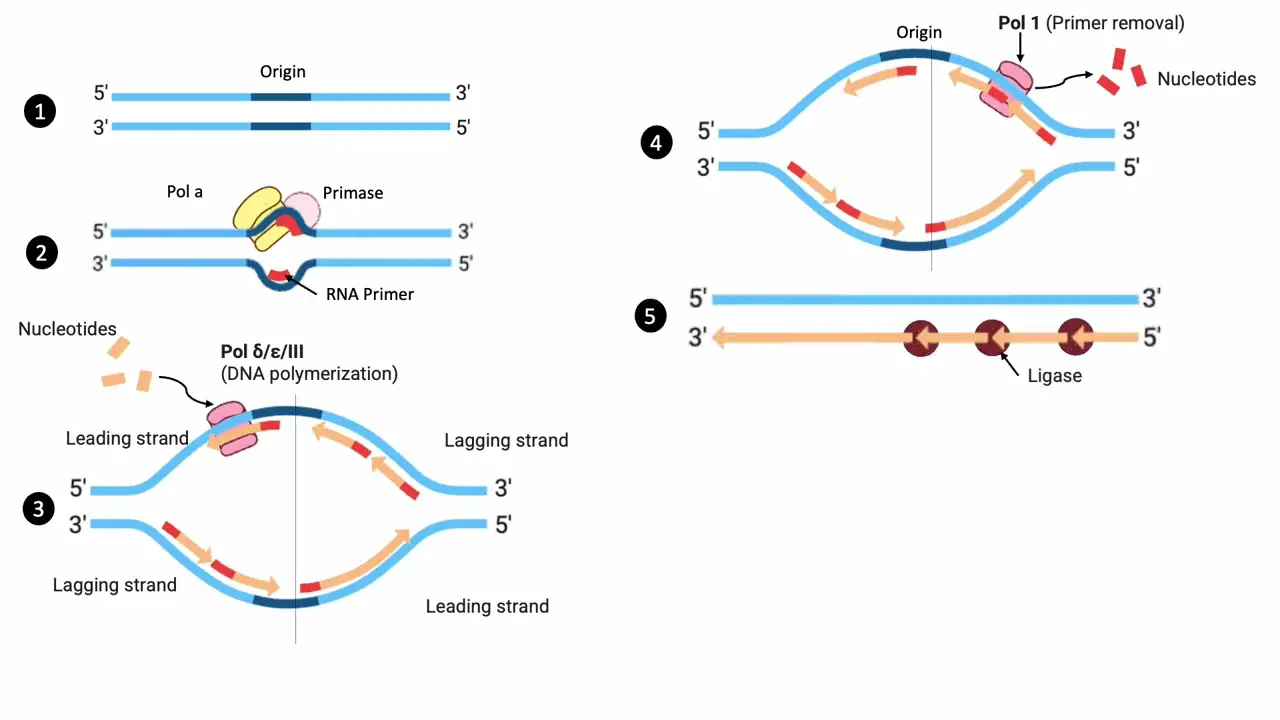

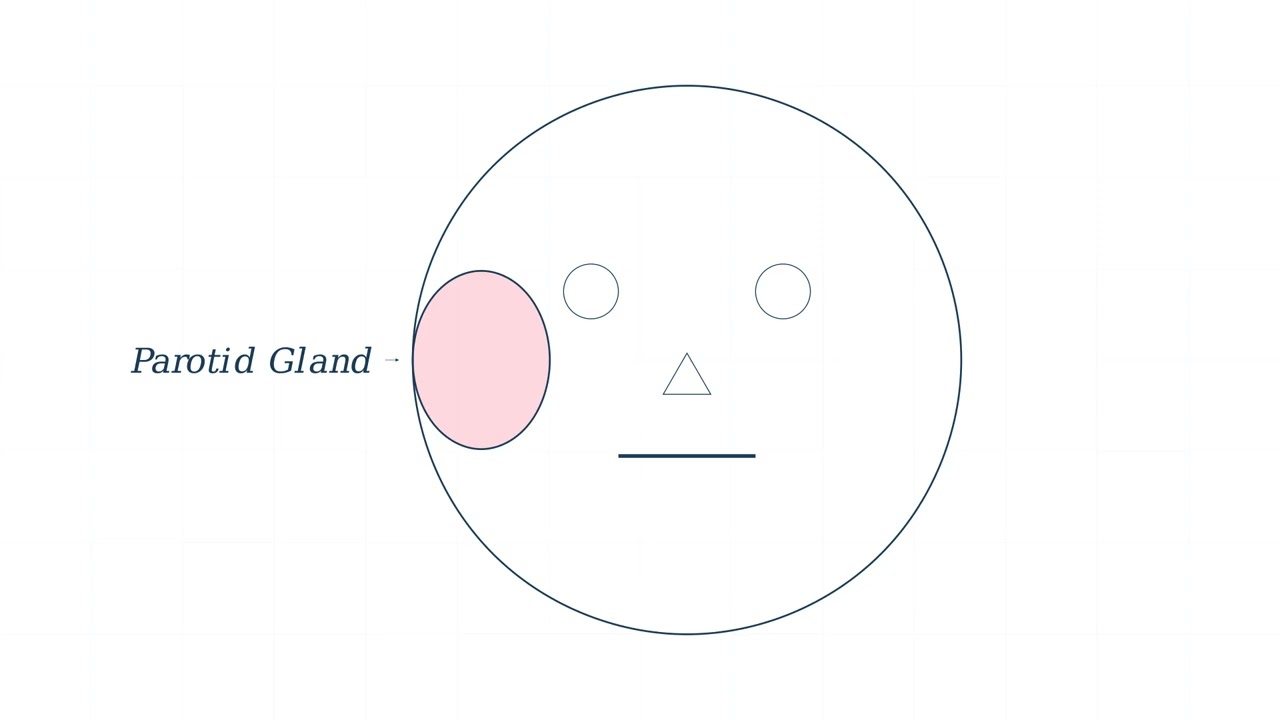
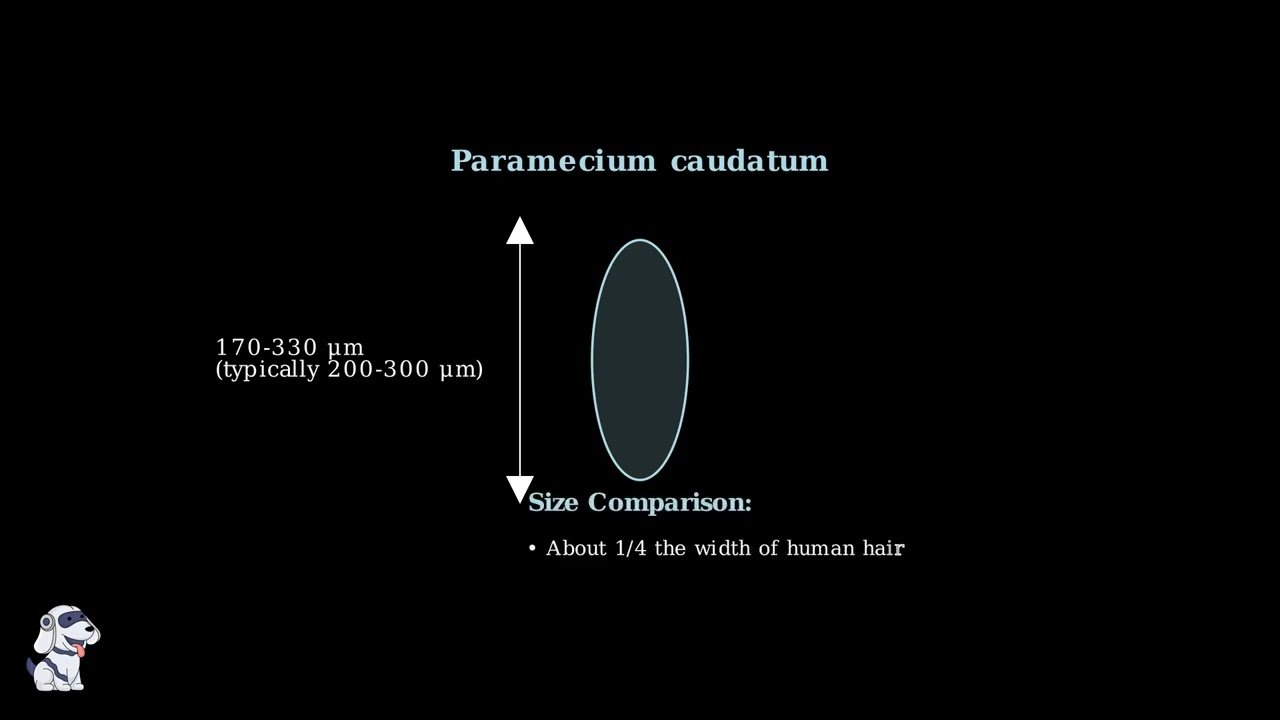
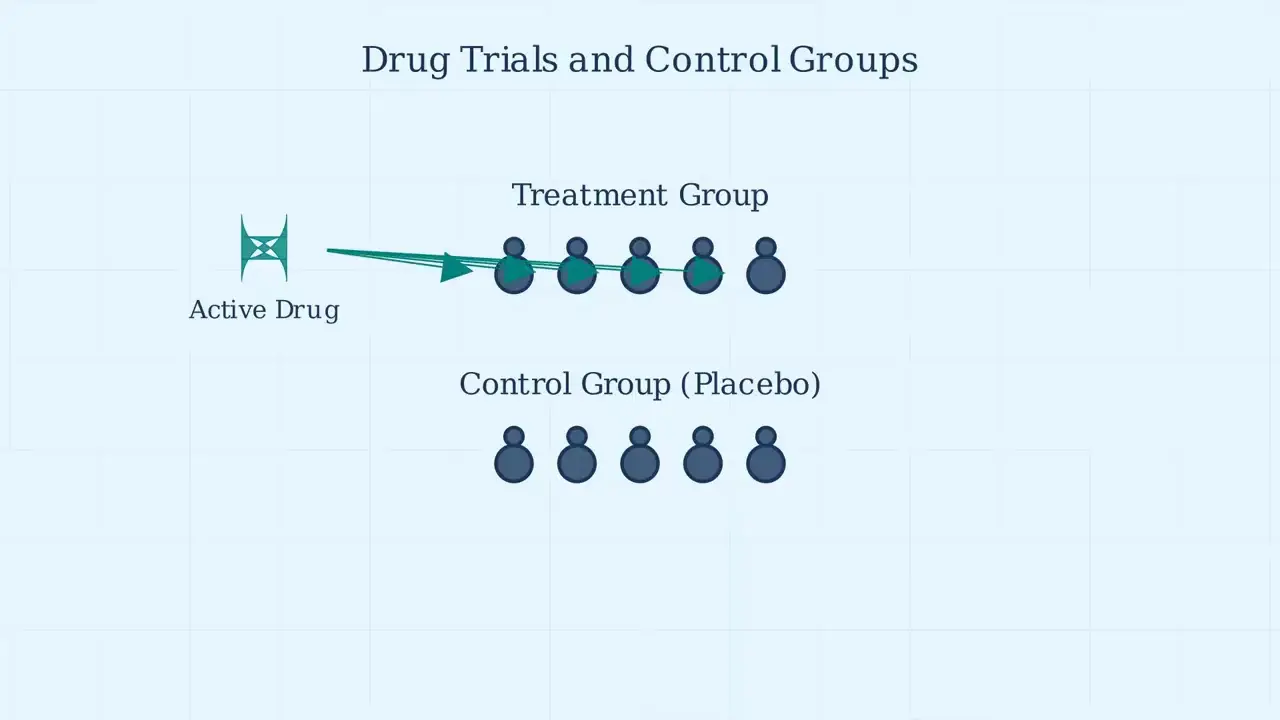
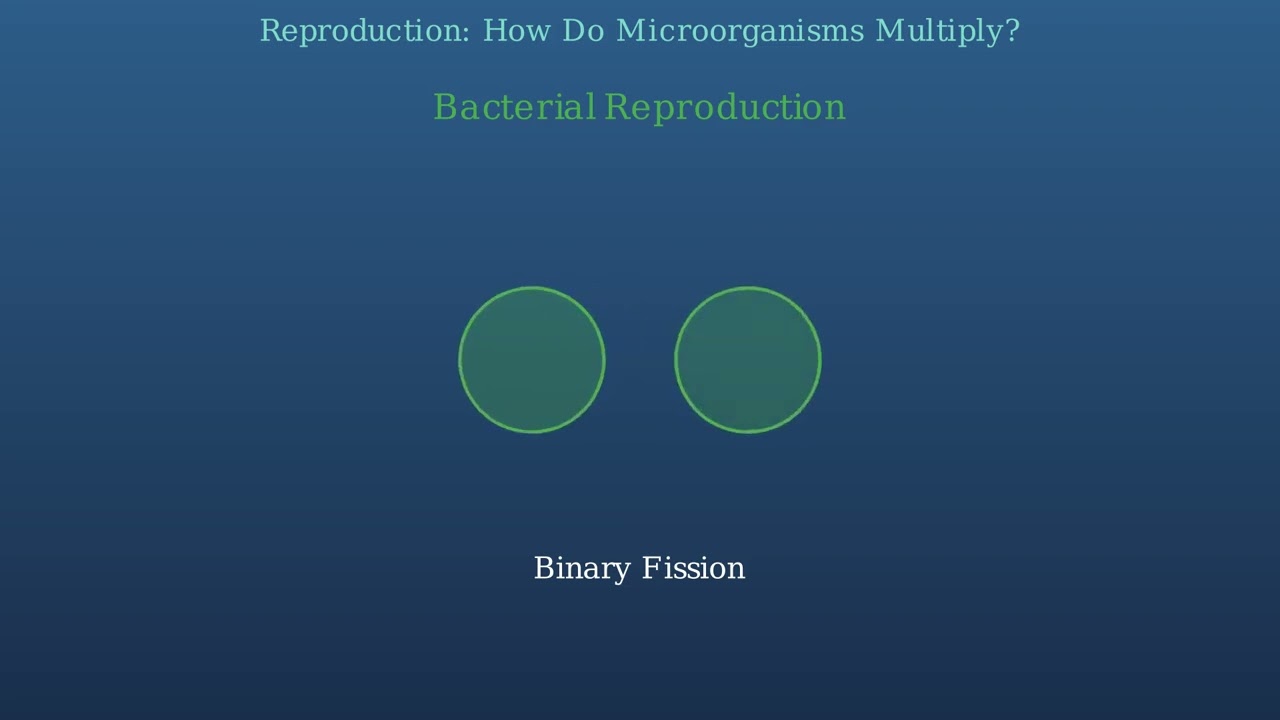
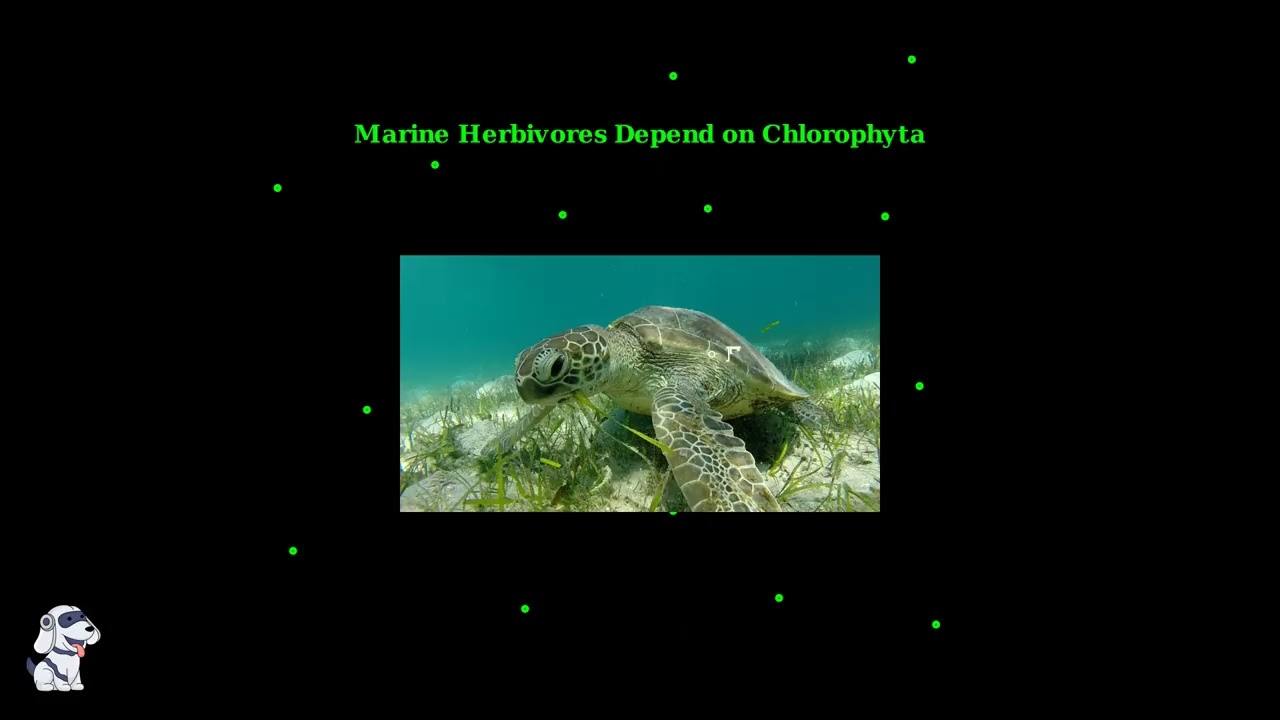

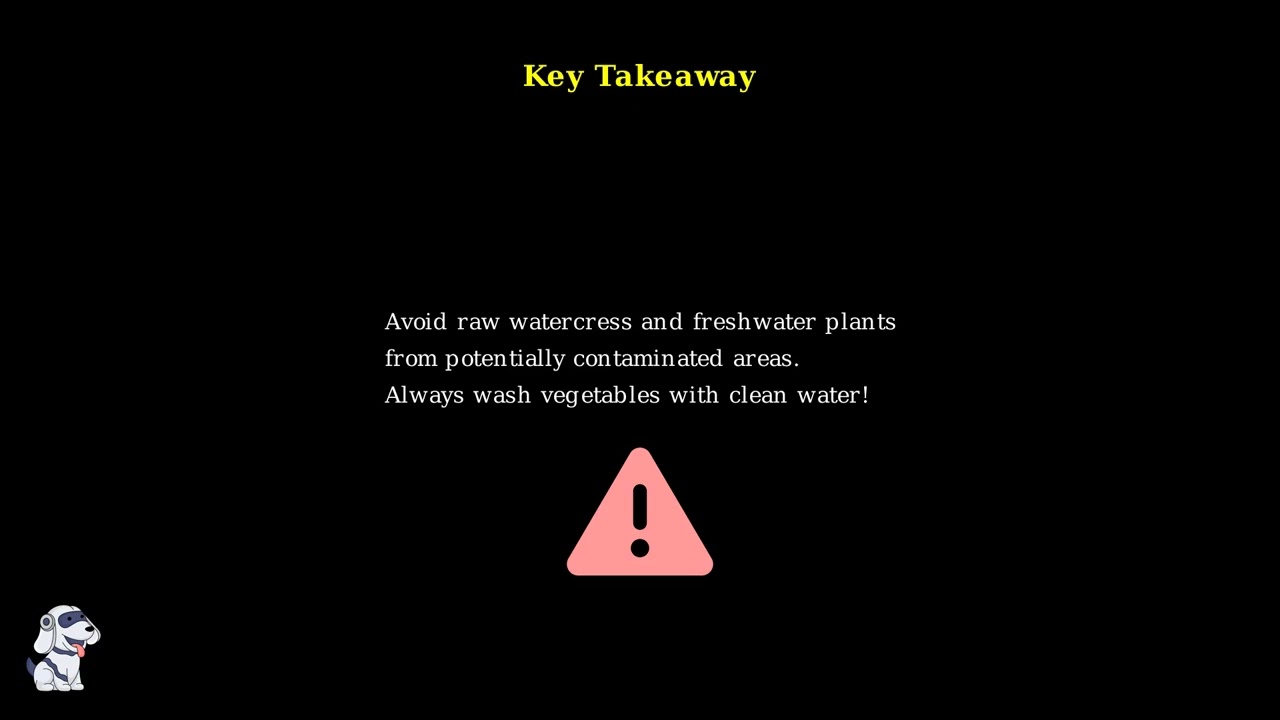

- Text Highlighting: Select any text in the post content to highlight it
- Text Annotation: Select text and add comments with annotations
- Comment Management: Edit or delete your own comments
- Highlight Management: Remove your own highlights
How to use: Simply select any text in the post content above, and you'll see annotation options. Login here or create an account to get started.